
 4
4




Weeds are just plants with enough surplus will to live to withstand normal levels of gardening!--Alexandra Petri
 3
3




Mk Neal wrote:Good tip, May! I don’t have squash bugs, but do have squash vine borer.
Today as luck would have it I actually saw the moth laying eggs when I was out in the garden at lunch. I swatted her, and then checked my plants. I’ve never managed to get the eggs before they hatch, because I did not really know *when* to look for them. Today I scraped dozens of eggs off my maxima (Navaho Green) and Pepo (striped maycock). Borer ignored or didn’t find my mixta squash (Illinois cushaw) or moschata (Myaamia tan).
I noted this in the garden calendar I am keeping this year, so next year I can be reminded to look for the eggs at end of June when currants are ripe.
Zone 6, 45 inches precipitation, hard clay soil




 2
2




May Lotito wrote:
Squash Vine borers arrive around the same time here and so far I haven't seen any eggs. Maybe I get lucky this year.
You have so many interesting squashes. I've never grown any of them.
Weeds are just plants with enough surplus will to live to withstand normal levels of gardening!--Alexandra Petri
 5
5




Zone 6, 45 inches precipitation, hard clay soil




 3
3




Weeds are just plants with enough surplus will to live to withstand normal levels of gardening!--Alexandra Petri
 3
3




Zone 6, 45 inches precipitation, hard clay soil




 3
3




May Lotito wrote:Now that my squash plants are tall and lush, it's not practical to check every leaf for bug eggs. Instead I come out at night with a portable work light and shine underneath the leaves.
'What we do now echoes in eternity.' Marcus Aurelius
How Permies Works Dr. Redhawk's Epic Soil Series
 5
5




Zone 6, 45 inches precipitation, hard clay soil




 3
3




Zone 6, 45 inches precipitation, hard clay soil




 2
2




 3
3




Zone 6, 45 inches precipitation, hard clay soil




 5
5




 5
5




Gardens in my mind never need water
Castles in the air never have a wet basement
Well made buildings are fractal -- equally intelligent design at every level of detail.
Bright sparks remind others that they too can dance
What I am looking for is looking for me too!

 2
2




Zone 6, 45 inches precipitation, hard clay soil




 4
4




Zone 6, 45 inches precipitation, hard clay soil




 8
8




Zone 6, 45 inches precipitation, hard clay soil




 3
3




Zone 6, 45 inches precipitation, hard clay soil




 4
4




Zone 6, 45 inches precipitation, hard clay soil




 10
10




Zone 6, 45 inches precipitation, hard clay soil




 4
4




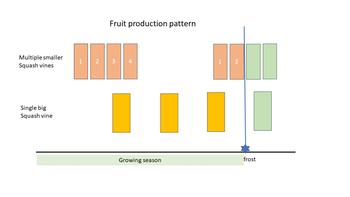
Zone 6, 45 inches precipitation, hard clay soil








Dirty hands + a sweaty handkerchief = hope for the future.
 2
2




Zone 6, 45 inches precipitation, hard clay soil




 4
4




Zone 6, 45 inches precipitation, hard clay soil












Zone 6, 45 inches precipitation, hard clay soil








May Lotito wrote:Kabocha has very dry and sweet flesh and is the only kind of squash I can make tempura with. The kabocha grown from my saved seed looked the same but plant were weaker with small fruit. I need to bring back the vigor by hybridization.
I am wondering if your two kabochas have different flavor. But I doube a maxima can cross with zucchini which is a pepo.
 2
2




May Lotito wrote:I crossed apple gourd with birdhouse gourd and got a...
BARBAPAPA!
Zone 6, 45 inches precipitation, hard clay soil




 6
6




Zone 6, 45 inches precipitation, hard clay soil




 1
1




May Lotito wrote:Though the plants are not able to put down adventitous roots this way, the squash bug pressure is much lower since the bugs like to hide under the stems sprawling on the ground.
 4
4




Zone 6, 45 inches precipitation, hard clay soil




 1
1




 3
3




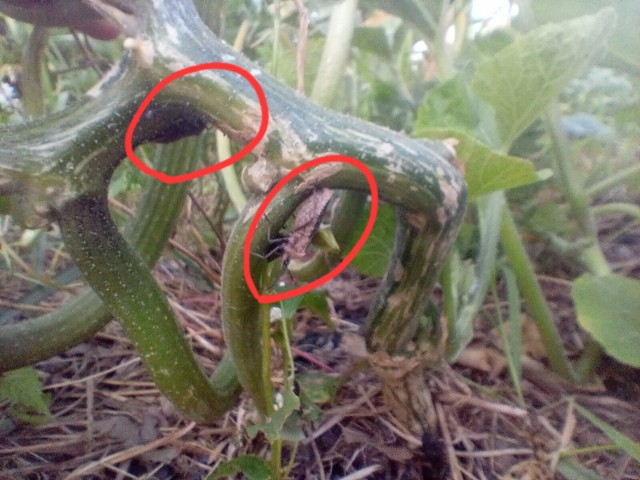
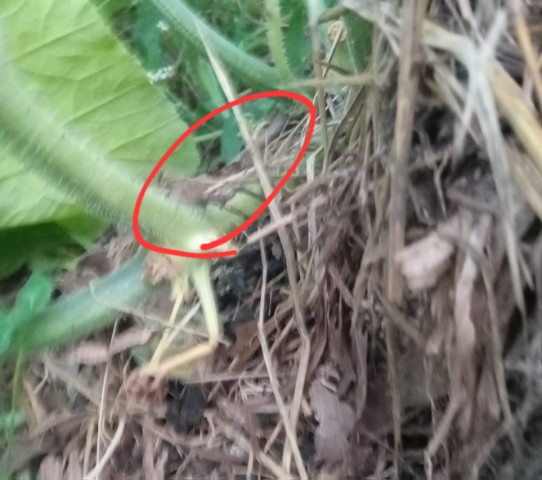
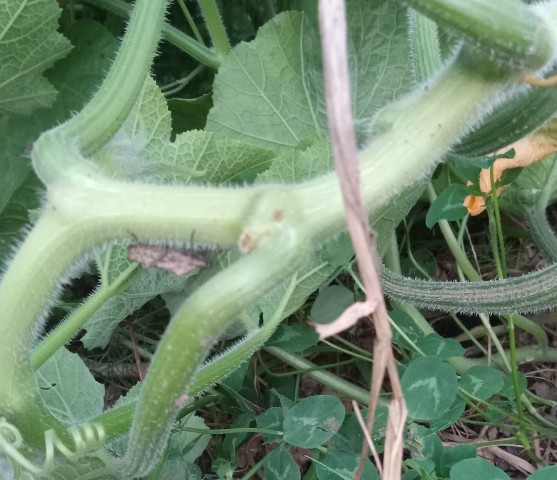
Zone 6, 45 inches precipitation, hard clay soil




 3
3




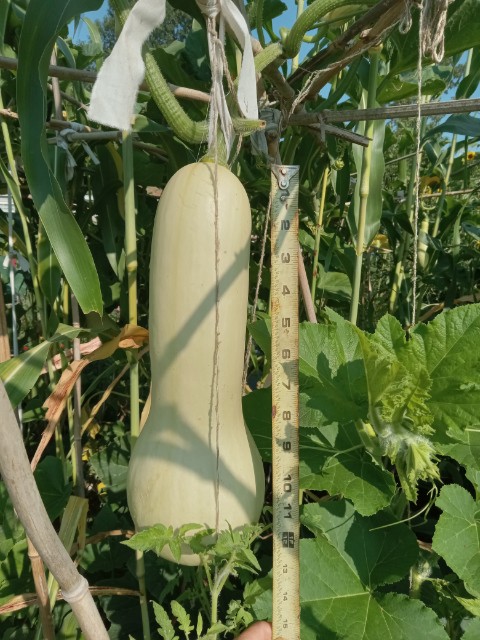
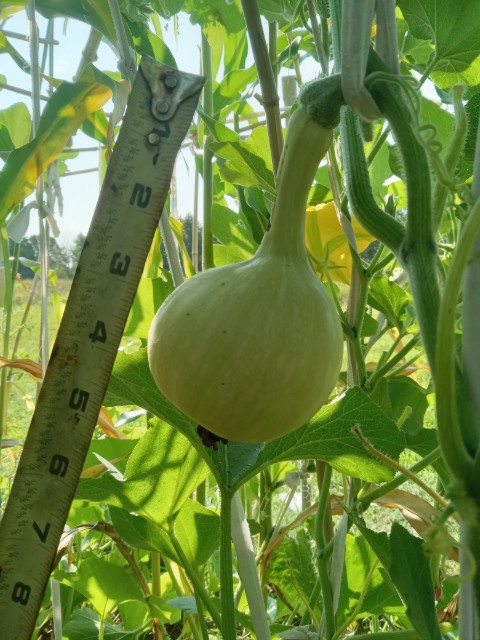
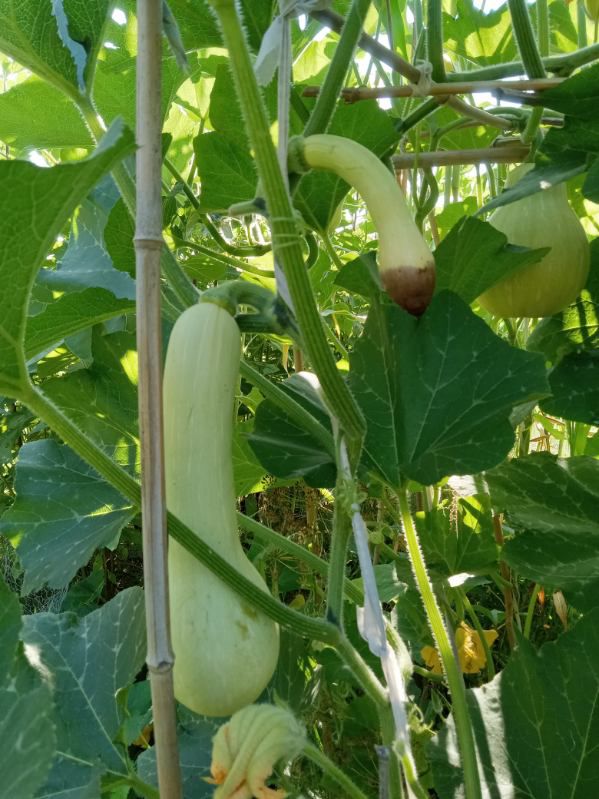
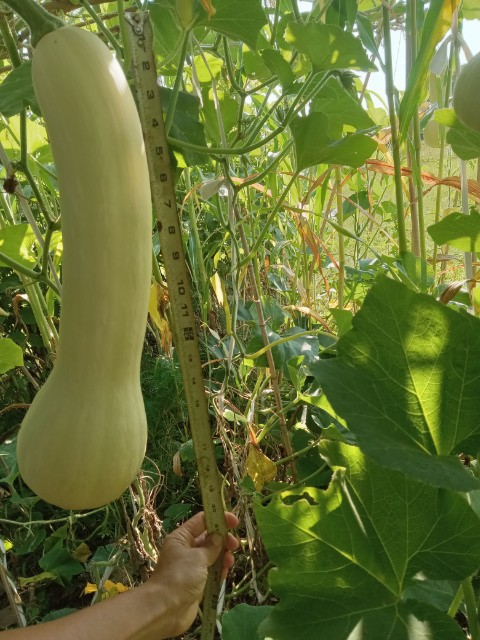
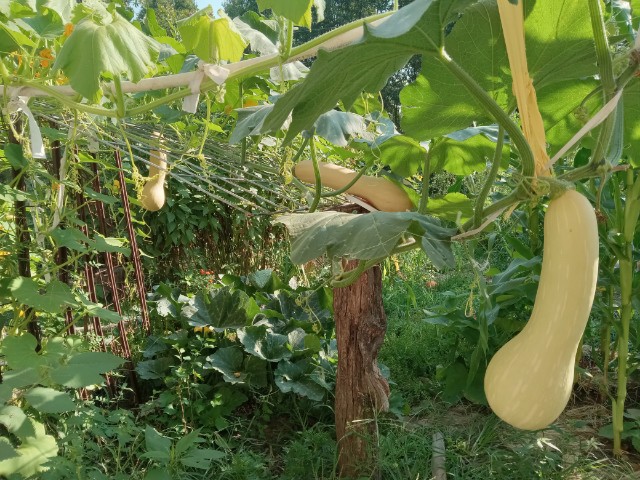
Zone 6, 45 inches precipitation, hard clay soil




 4
4




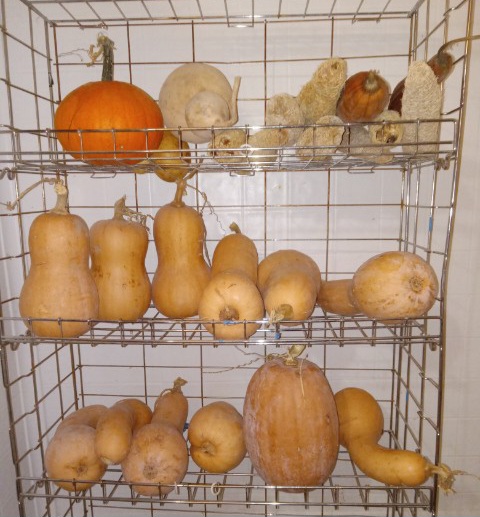
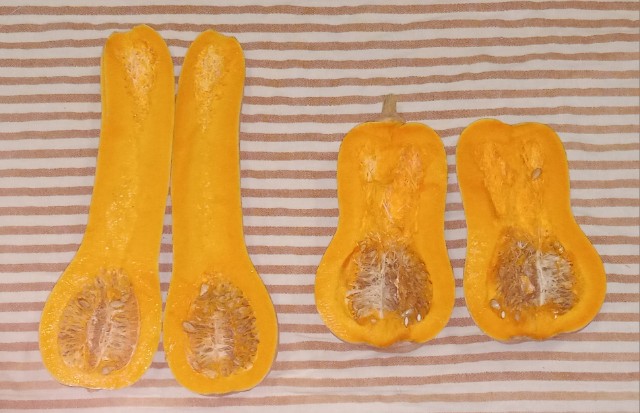
Zone 6, 45 inches precipitation, hard clay soil




 1
1




 2
2




 1
1




Zone 6, 45 inches precipitation, hard clay soil





|
Something about .... going for a swim. With this tiny ad ...
A rocket mass heater heats your home with one tenth the wood of a conventional wood stove
http://woodheat.net
|



